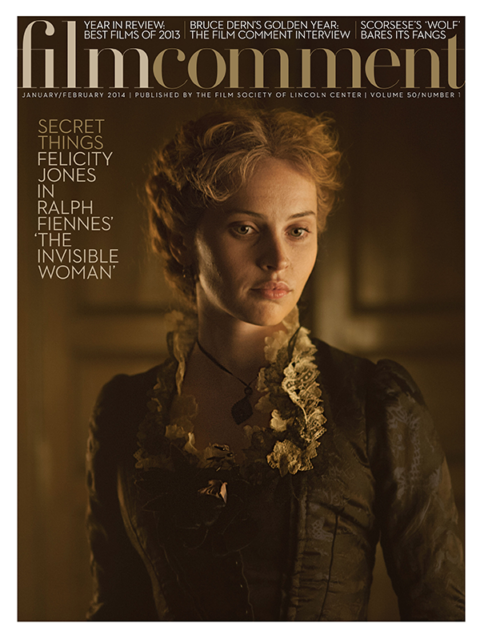
Having crossbred genres in his first three films, Ben Wheatley opts for temporal conflation in his fourth. Whereas he and his editing-writing partner Amy Jump touched upon British folklore in the contemporaneous Kill List (11) and Sightseers (12), they imbue their supernatural Civil War–era tale A Field in England with Sixties psychedelia (strobe effects, Rorschach hallucinations) and modern urban diction persuasively applied to archaic vernacular dialogue. The strategy is not unfamiliar but, aided by Jim Williams’s ethnic ambient score, the fusion is so successful here that it makes the strangeness of mystic Albion come stunningly alive—notwithstanding the playful, ribald storytelling.
Emerging from a hedgerow amid drifting smoke during a battle in 1648, the film’s protagonist, refined scholar Whitehead (Reece Shearsmith), falls in with pox-ridden scavenger Jacob (Peter Ferdinando) and sweet, dim Essex recruit Friend (Richard Glover). Their military allegiances uncertain, the trio flee the unseen tumult together. A dangerous fellow deserter, Cutler (Ryan Pope), says he knows of a local alehouse but leads them to a field encircled by magic mushrooms, into which they haul O’Neil (Michael Smiley), Cutler’s diabolical commander, from the earth or the ether. Whitehead had been seeking documents of alchemical lore stolen from his master and recognizes O’Neil, a would-be magician, as the thief. Whitehead makes a feeble attempt to arrest O’Neil but the latter uses hypnotic powers to compel him into locating the spot where treasure is supposedly buried and then forces the captives to dig for it at gunpoint. In their adversity, Whitehead, Jacob, and Friend instead dig up friendship. The craven Whitehead, whose hobby is lacemaking, must now prove his manhood. Hitherto abstemious, he is emboldened by the effects of the ’shrooms he crams into his mouth while stalked by O’Neil.

Laurie Rose’s photography in A Field in England digitally combines widescreen panoramas and deep-focus shots to turn the enchanted field into a self-contained world. The film is spiritually as well as aesthetically akin to two plein air, scenically confined black-and-white movies from 1964: Kaneto Shindo’s 14th-century folktale Onibaba and Peter Watkins’s groundbreaking anti-imperialist docudrama Culloden, which brought a news crew onto the Scottish battlefield where the English army brutally put down the 1745 Jacobite Rebellion. Wheatley and Jump’s elliptical editing and the interpolation of tableaux based on 17th-century woodcuts suggest that time in the field is both mutable and frozen. A skull excavated by Cutler from the “treasure” pit suggests that Jacob or the death-defying Friend, who end up there, are already ghosts—but from when? A looming black planet seen by Whitehead introduces an unconvincing element of apocalyptic augury.
The friendship-as-treasure theme possibly came from Jump, who extensively rewrote Wheatley’s original draft, which was inspired by battle footage he’d once shot for the Sealed Knot, an English Civil War reenactment association. The movie set in the 17th century that appears to have most influenced him was Kevin Brownlow and Andrew Mollo’s 1975 Winstanley, about an early socialist reformer during Cromwell’s Protectorate. Piers Haggard’s 1971 Blood on Satan’s Claw, in which a plowman turns up a demon’s skull, triggering devil worship among village teens, is also a reference point for A Field in England.
Wheatley seems less concerned with Royalists and Parliamentarians than the unknown commoners who fight and die in wars that can’t benefit them. This is underscored by an extraordinary grace note, delivered early in the film though happily reprised over the closing credits. Accompanied by an unseen guitar, Friend plaintively sings to the camera “Baloo My Boy,” a Scottish ballad addressed by a mother to the infant she bore after being seduced by a soldier who went off to fight. “Remember my song,” he later wheezes, saluting the comrades he has unexpectedly found amid the pity of war.








